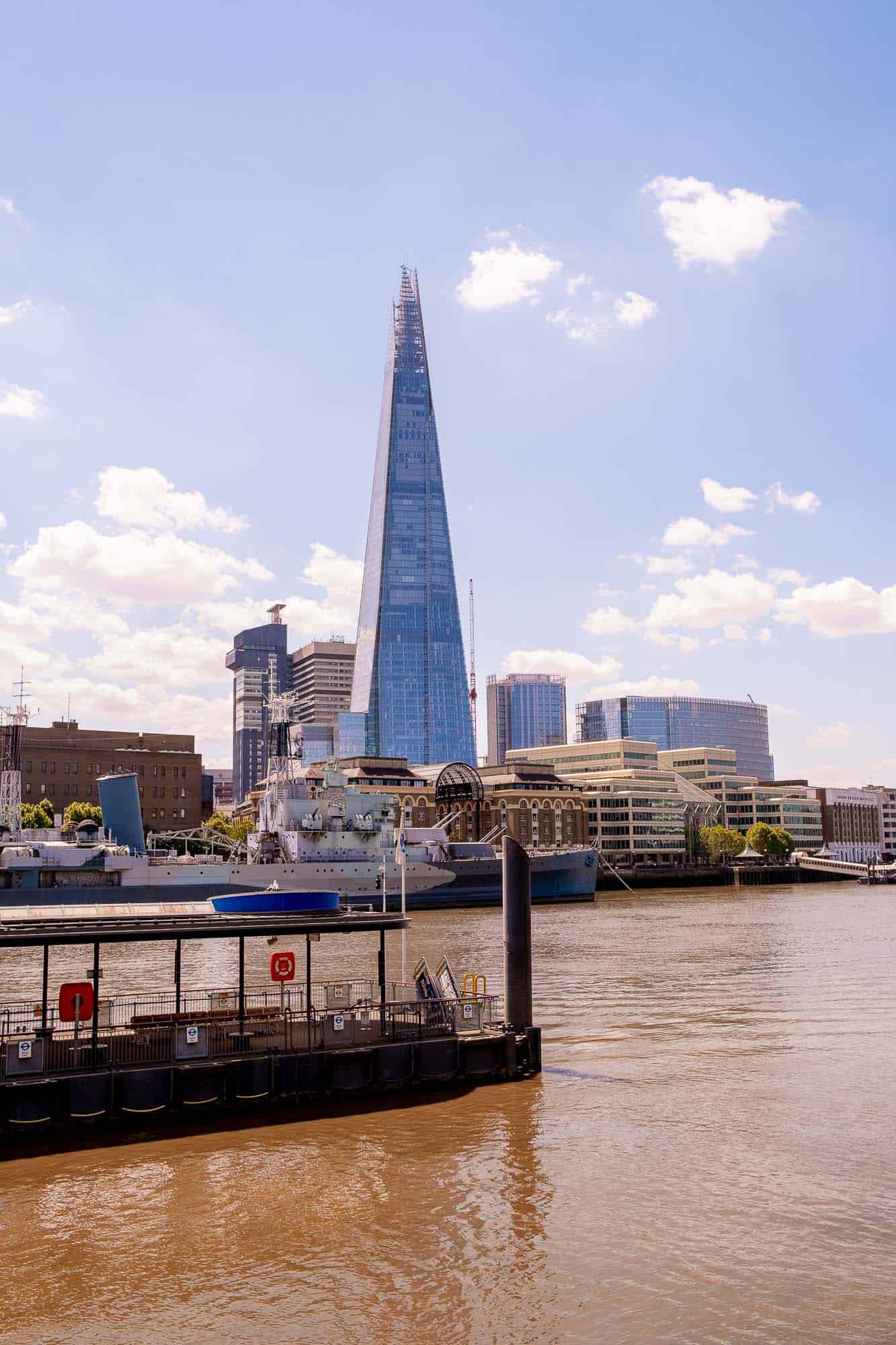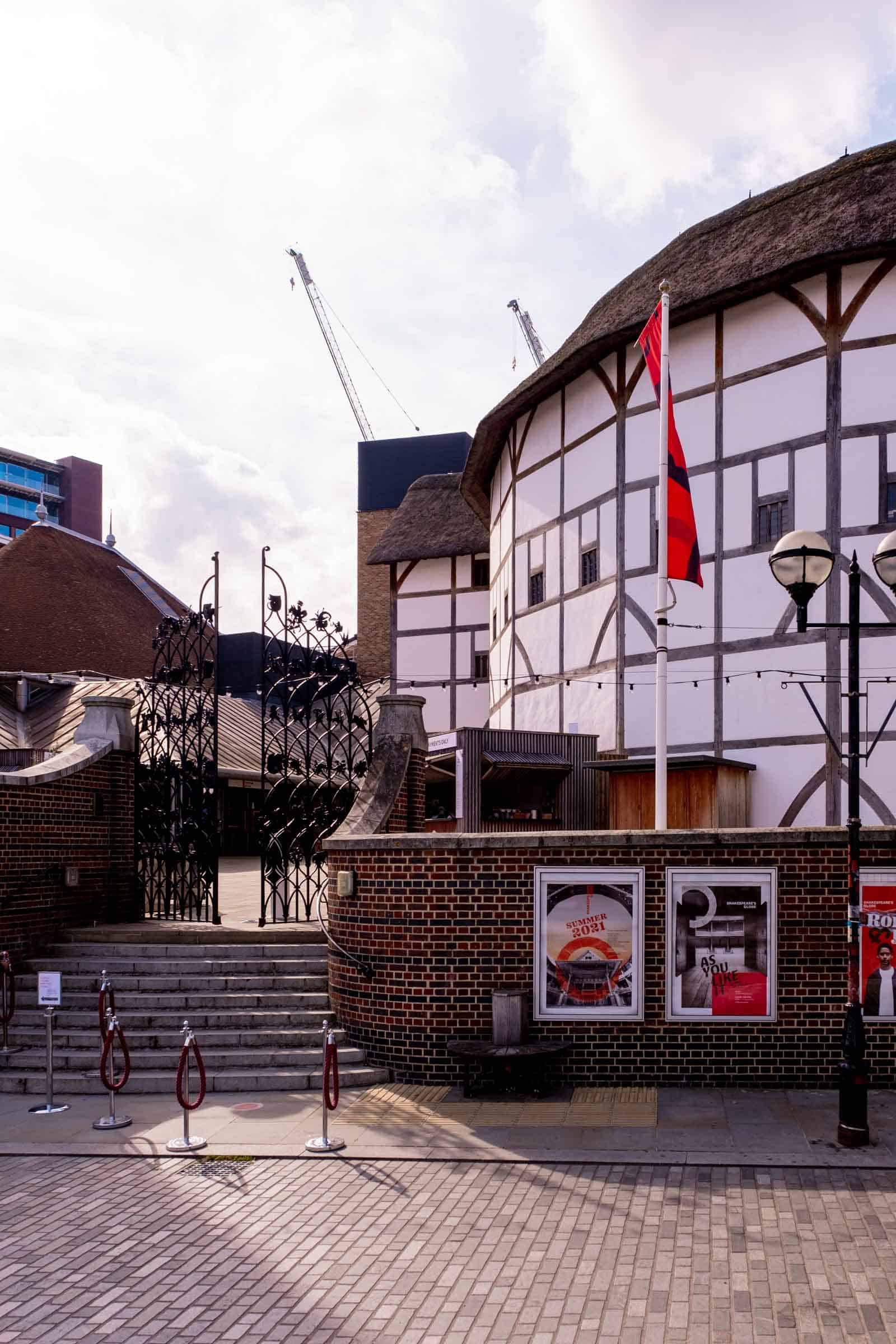The Greatest Architectural Feats to Feast on in London
A trip to London is a diverse adventure—whether you’re brave enough to try jellied eels or are eager to tour the many world-renowned museums or shop at the bustling markets. The locals are always in the mood for a good time too, thanks to their vibrant pub culture, world-renowned live theatre, and pendant for gambling and no wagering casino bonuses.
London’s many architectural wonders bear witness to and represent key eras of the city’s history, from its founding by the Romans as Londinium to the Anglo-Saxon stages of Christianity, through Tudor London and the Georgian Era, and finally to contemporary London with its mix of bold and lurid skyscrapers. No matter what your itinerary looks like, take time to marvel at the many landmarks around, some of which are considered prime examples of architectural excellence.
The Shard

If you look at London’s skyline, you’ll easily spot the tallest building in the entire United Kingdom, The Shard. This 72-storey, spire-like glass skyscraper features a classic viewing gallery and an open-air observation deck on the top floor, as well as firms and company offices like Kraft Heinz and the Shangri-La Hotel. This modern feat was completed in 2012 and cost around £435 million for the contract alone. It beautifully breaks up a potentially monotonous cityscape with its imposing presence and is inspired by railway lines, London spires, and ship masts.
Walk 20 minutes from The Shard across the London Bridge and past Leadenhall Market, and you’ll eventually come across The Gherkin, sitting in the heart of London’s main financial district. Completed just under a decade before The Shard, this stunning landmark quickly became one of the most iconic examples of contemporary architecture. What’s especially interesting about the structure is that it blends a few architectural styles, including neo-futurism and post-modernism, to create a dazzling building covered in five football pitches worth of glass.
It’s not solely the modern wonders that receive high praise from residents and visitors alike, as the stately and intricate older landmarks are also a big draw. The Palace of Westminster, also known as the Houses of Parliament, has been a long-standing UNESCO World Heritage Site since 1987. The original building was constructed as a royal palace for the kings of England in 1016 until a fire in 1834 prompted its reconstruction. Today, it is home to a variety of significant rooms and a few towers, including Big Ben (the Elizabeth Tower), Victoria Tower, and the Central Tower.
Tower of London

Right on the north bank of the winding River Thames is the Tower of London, also known as His Majesty’s Royal Palace. The castle spans an impressive 12 acres, living up to its prominence in English history as a symbol of royal defence and power. It served as a treasury, the home of the Royal Mint, the repository of the Crown Jewels of England, and more. Like the Palace of Westminster, it is also a designated UNESCO World Heritage Site. Visitors can explore St. John’s Chapel, the White Tower (built by William the Conqueror), a perfect example of Norman architecture, and wave hello to the ravens—the guardians of the Tower.
If you thought two UNESCO World Heritage Sites were abundant enough for this busy city, let’s introduce another by the name of Westminster Abbey. This Gothic church was founded back in 959 and is dotted with 13th-century English and French inspiration and Baroque and Romanesque elements that combine for a unique beauty. It has a decorated history of 16 royal weddings and 40 coronations and is the burial site for more than 3,300 people, including prominent poets, prime ministers, and musicians.
20 Fenchurch St (The Walkie-Talkie)
The Shard and The Gherkin might be tall, slender, and eye-catching, but there’s another iconic skyscraper in the city that will make you do a double-take—20 Fenchurch Street. Nicknamed the Walkie-Talkie, this oddly shaped protruding building replaced a stereotypical blocky windowed building for the better. Most floors are occupied by office spaces, but head to the top, and you can dine at the Fenchurch Restaurant and enjoy the beauty of the Sky Garden.
The Royal Albert Hall has been the perfect host for a plethora of events, from venerated speeches by Winston Churchill and Albert Einstein to boxing fights featuring Lennox Lewis and performances by musicians such as Eric Clapton. It was the world’s first domed amphitheatre constructed from iron and glass in an Italianate style. The designers took inspiration from—you guessed it—Ancient Roman amphitheatres and further decorated the interior with historical and religious quotes in terracotta letters and a mosaic frieze surrounding the entire building.

A reconstruction of the original 1599 Globe Theatre, Shakespeare’s Globe is an Elizabethan playhouse where none other than William Shakespeare himself wrote his famous plays. The theatre was built just 230 meters from its original space on the south bank of the River Thames and maintains the beloved partially covered thrust stage. Although the combination of complex 16th-century design tactics and modern fire safety requirements in tandem made construction difficult, architects managed to retain as much of its initial design as possible.
From the outside, the Battersea Power Station looks intriguing but can easily be overlooked. After all, it’s not a modern skyscraper or a distinctly baroque structure—instead, it’s an industrial giant with a brick facade, four giant chimneys, and distinct Turbine Halls. All architectural changes maintain the integrity of the landmark and have made ample space for shops, restaurants, cafés, residential apartments, offices, entertainment facilities, and more. It is famously depicted in its original state on the Pink Floyd album Animals, with a colossal inflatable pig flown between the chimneys.